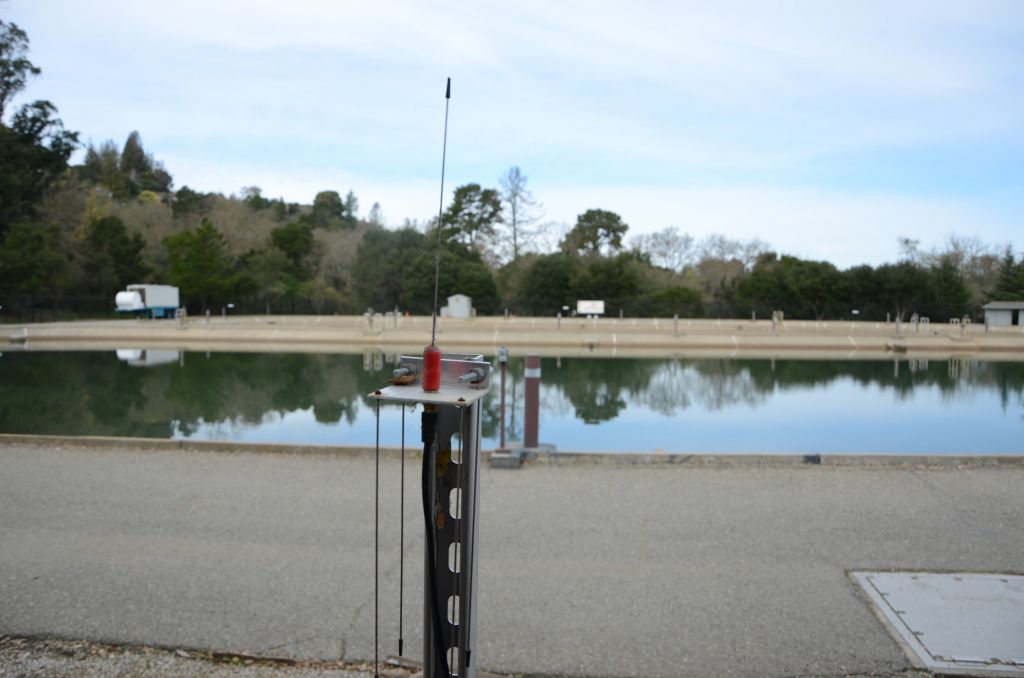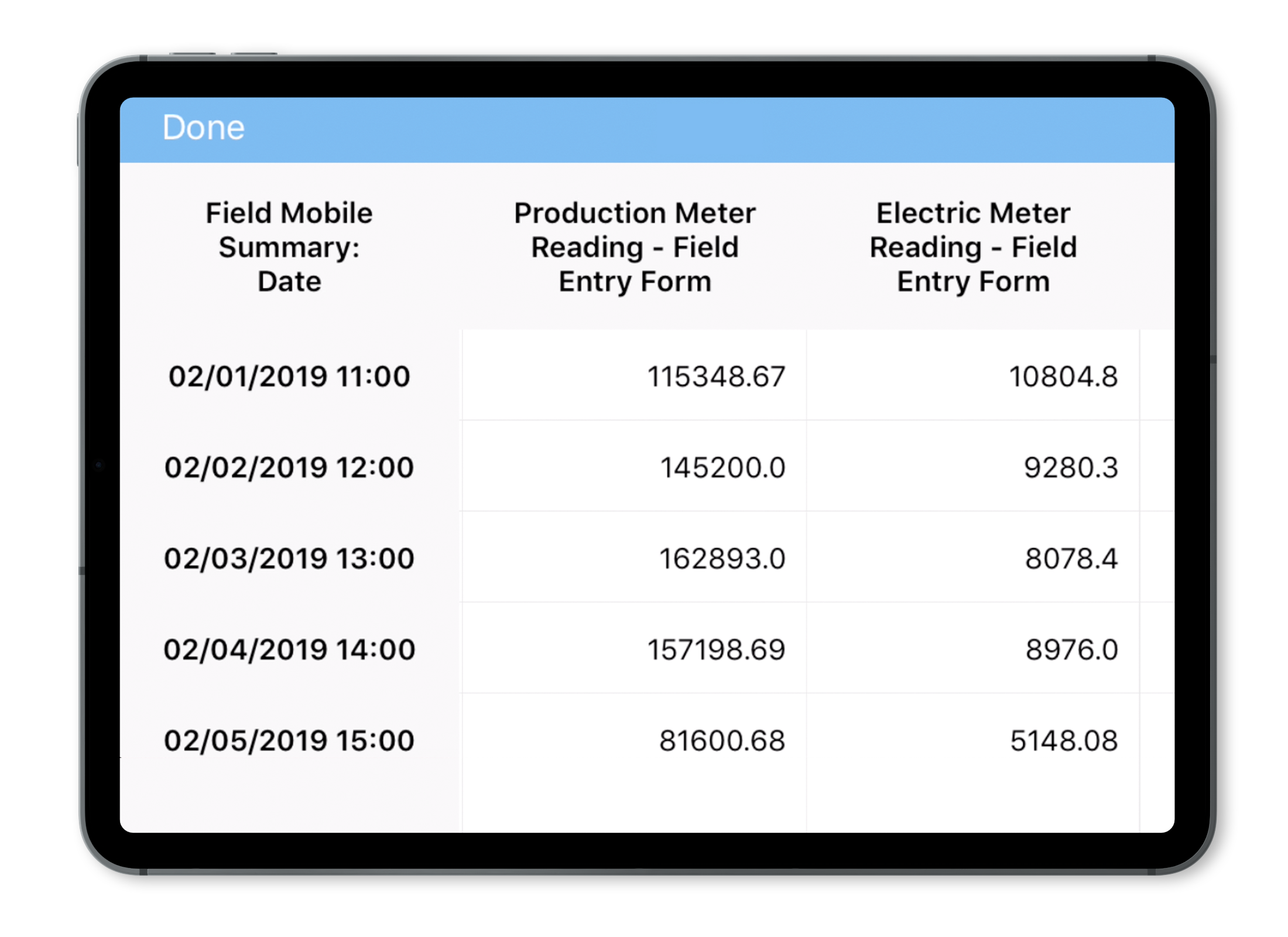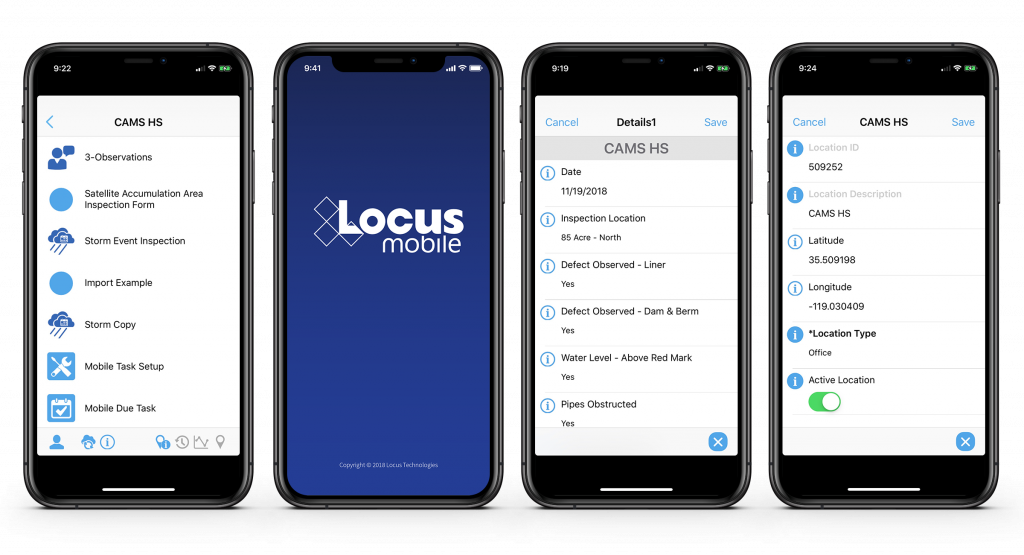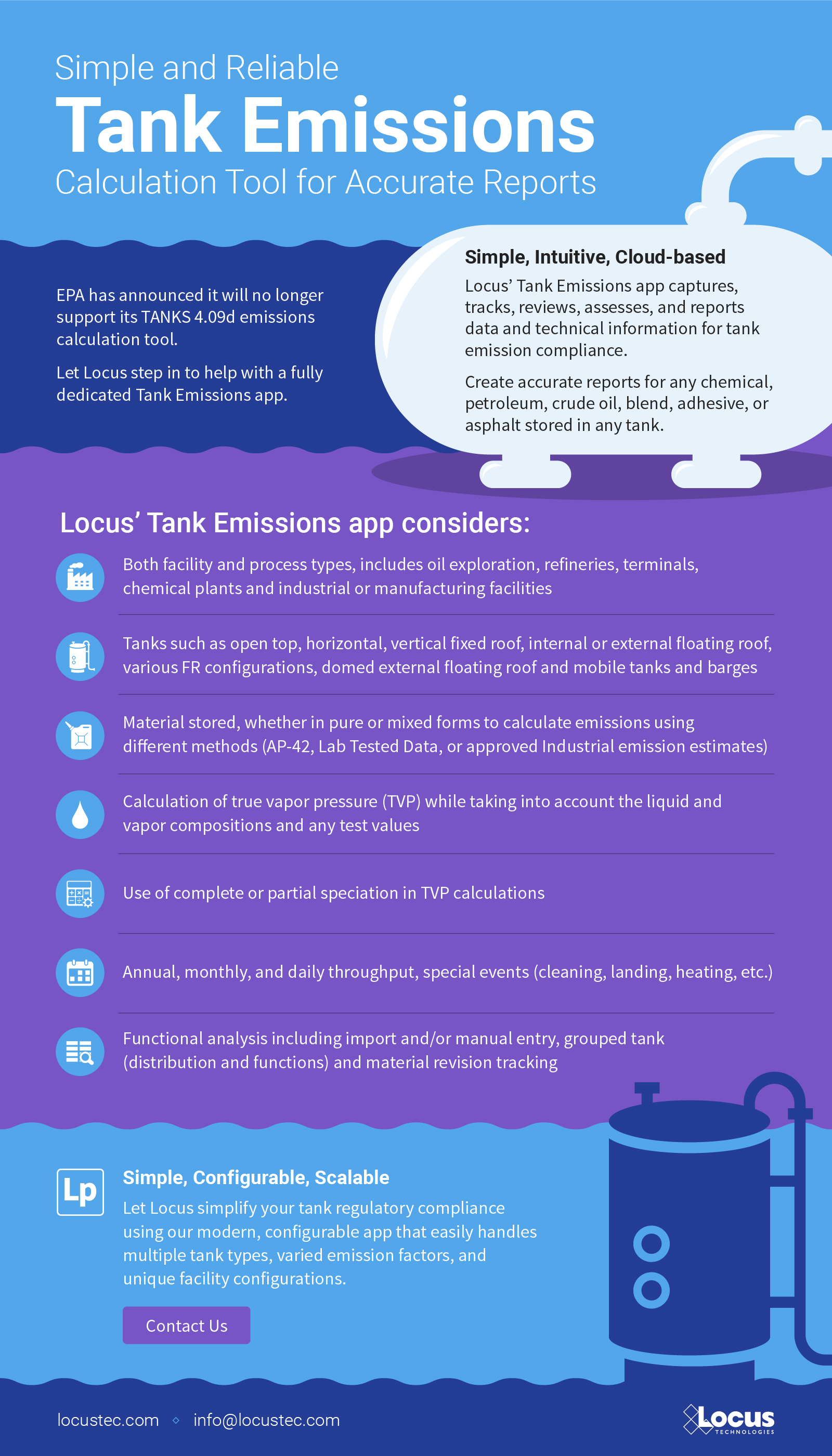Artificial Intelligence and Environmental Compliance–Revisited
On 12 April 2019, Locus’ Founder and CEO, Neno Duplan, received the prestigious Carnegie Mellon 2019 CEE (Civil and Environmental Engineering) Distinguished Alumni Award for outstanding accomplishments at Locus Technologies. In light of this recognition, Locus decided to dig into our blog vault, share a series of visionary blogs crafted by our Founder in 2016. These ideas are as timely and relevant today as they were three years ago, and hearken to his formative years at Carnegie Mellon, which formed the foundation for the current success of Locus Technologies as top innovator in the water and EHS compliance space.
Artificial Intelligence (AI) for Better EHS Compliance (original blog from 2016)
It is funny how a single acronym can take you back in time. A few weeks ago when I watched 60 Minutes’ segment on AI (Artificial Intelligence) research conducted at Carnegie Mellon University, I was taken back to the time when I was a graduate student at CMU and a member of the AI research team for geotechnical engineering. Readers who missed this program on October 9, 2016, can access it online.
Fast forward thirty plus years and AI is finally ready for prime time television and a prominent place among the disruptive technologies that have so shaken our businesses and society. This 60 Minutes story prompted me to review the progress that has occurred in the field of AI technology, why it took so long to come to fruition, and the likely impact it will have in my field of environmental and sustainability management. I discuss these topics below. I also describe the steps that we at Locus have taken to put our customers in the position to capitalize on this exciting (but not that new) technology.
What I could not have predicted when I was at Carnegie Mellon is that AI was going to take a long time to mature–almost the full span of one’s professional career. The reasons for this are multiple, the main one being that several other technologies were absent or needed to mature before the promises of AI could be realized. These are now in place. Before I dive into AI and its potential impact on the EHS space, let me touch on these “other” major (disruptive) technologies without which AI would not be possible today: SaaS, Big Data, and IoT (Internet of Things).

As standalone technologies, each of these has brought about profound changes in both the corporate and consumer worlds. However, these impacts are small when compared to the impact all three of these will have when combined and interwoven with AI in the years to come. We are only in the earliest stages of the AI computing revolution that has been so long in the coming.
I have written extensively about SaaS, Big Data, and IoT over the last several decades. All these technologies have been an integral part of Locus’ SaaS offering for many years now, and they have proven their usefulness by rewarding Locus with contracts from major Fortune 500 companies and the US government. Let me quickly review these before I dive into AI (as AI without them is not a commercially viable technology).
Big Data
Massive quantities of new information from monitoring devices, sensors, treatment systems controls and monitoring, and customer legacy databases are now pouring into companies EHS departments with few tools to analyze them on arrival. Some of the data is old information that is newly digitized, such as analytical chemistry records, but other information like streaming of monitoring wireless and wired sensor data is entirely new. At this point, most of these data streams are highly balkanized as most companies lack a single system of record to accommodate them. However, that is all about to change.
As a graduate student at Carnegie Mellon in the early eighties, I was involved with the exciting R&D project of architecting and building the first AI-based Expert System for subsurface site characterization, not an easy task even by today’s standards and technology. AI technology at the time was in its infancy, but we were able to build a prototype system for geotechnical site characterization, to provide advice on data interpretation and on inferring depositional geometry and engineering properties of subsurface geology with a limited amount of data points. The other components of the research included a relational database to store the site data, graphics to produce “alternative stratigraphic images” and network workstations to carry out the numerical and algorithmic processing. All of this transpired before the onset of the internet revolution and before any acronyms like SaaS, AI, or IoT had entered our vocabulary. This early research led to the development of a set of commercial tools and technological improvements and ultimately to the formation of Locus Technologies in 1997.
Part of this early research included management of big data, which is necessary for any AI undertaking. As a continuation of this work at Carnegie Mellon, Dr. Greg Buckle and I published an article in 1989 about the challenges of managing massive amounts of data generated from testing and long-term monitoring of environmental projects. This was at a time when spreadsheets and paper documents were king, and relational databases were little used for storing environmental data.
The article, “Hazardous Data Explosion,“ published in the December 1989 issue of the ASCE Civil Engineering Magazine, was among the first of its kind to discuss the upcoming Big Data boom within the environmental space and placed us securely at the forefront of the big data craze. This article was followed by a sequel article in the same magazine in 1992, titled “Taming Environmental Data,“ that described the first prototype solution to managing environmental data using relational database technology. In the intervening years, this prototype eventually became the basis of the industry’s first multi-tenant SaaS system for environmental information management.

Today, the term big data has become a staple across various industries to describe the enormity and complexity of datasets that need to be captured, stored, analyzed, visualized, and reported. Although the concept may have gained public popularity relatively recently, big data has been a formidable fixture in the EHS industry for decades. Initially, big data in EHS space was almost entirely associated with the results of analytical, geotechnical, and field testing of water, groundwater, soil, and air samples in the field and laboratory. Locus’ launch of its Internet-based Environmental Information Management (EIM) system in 1999 was intended to provide companies not only with a repository to store such data, but also with the means to upload such data into the cloud and the tools to analyze, organize, and report on these data.
In the future, companies that wish to remain competitive will have no choice but bring together their streams of (seemingly) unrelated and often siloed big data into systems such as EIM that allow them to evaluate and assess their environmental data with advanced analytics capabilities. Big data coupled with intelligent databases can offer real-time feedback for EHS compliance managers who can better track and offset company risks. Without the big data revolution, there would be no coming AI revolution.
AI and Water Management – Looking Ahead
There has been much talk about how artificial intelligence (AI) will affect various aspects of our lives, but little has been said to date about how the technology can help to make water quality management better. The recent growth in AI spells a big opportunity for water quality management. There is enormous potential for AI to be an essential tool for water management and decoupling water and climate change issues.
Two disruptive megatrends of digital transformation and decarbonization of economy could come together in the future. AI could make a significant dent in global greenhouse gas (GHG) emissions by merely providing better tools to manage water. The vast majority of energy consumption is wasted on water treatment and movement. AI can help optimize both.
AI is a collective term for technologies that can sense their environment, think, learn, and take action in response to what they’re detecting and their objectives. Applications can range from automation of routine tasks like sampling and analyses of water samples to augmenting human decision-making and beyond to automation of water treatment systems and discovery – vast amounts of data to spot, and act on patterns, which are beyond our current capabilities.
Applying AI in water resource prediction, management and monitoring can help to ameliorate the global water crisis by reducing or eliminating waste, as well as lowering costs and lessening environmental impacts.
Parts two, three, and four of this blog series complete the overview of Big Data, Iot, AI and multi-tenancy. We look forward to feedback on our ideas and are interested in hearing where others see the future of AI in EHS software – contact us for more discussion or ideas!





